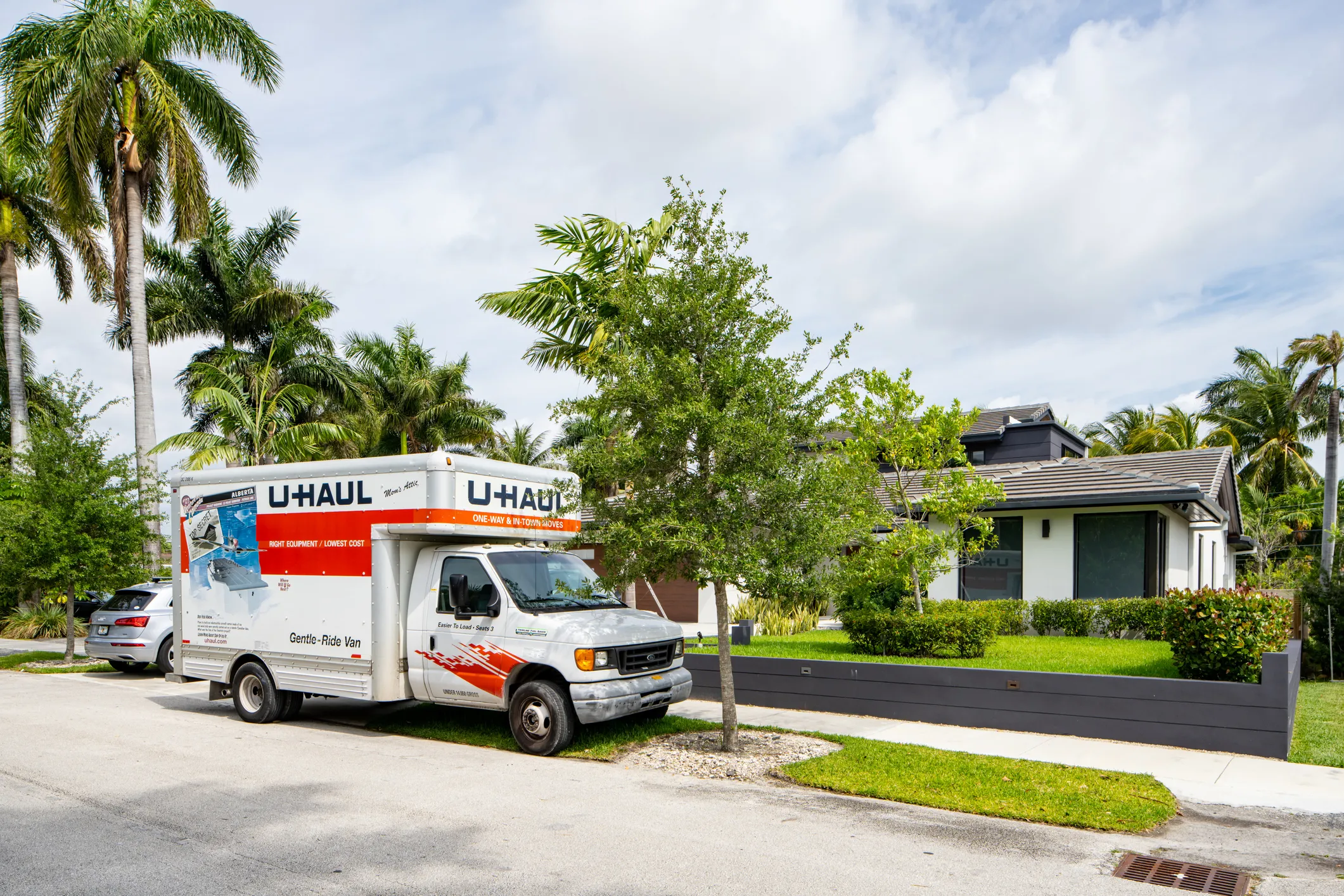One of the significant aspects of moving is how to drive a U-Haul. It might seem intimidating, especially for first-timers, but it can be manageable with the right information and guidance from a West Palm Beach car accident lawyer.

Getting a feel for the vehicle
Before you even start the engine, take a moment to familiarize yourself with the U-Haul truck’s size and features. These trucks are heavier and have a different shape than your standard vehicle, impacting their maneuverability and your driving approach. It’s essential to adjust your seat and mirrors to ensure maximum visibility. A good understanding of the indicators, brakes, and turning radius will go a long way in preventing accidents.
The pre-drive checklist
Embarking on your moving journey requires careful preparation. Before starting your move, you’ll want to follow a comprehensive pre-drive checklist. This will ensure that your U-Haul truck is in optimal condition for the road ahead. Here’s a detailed rundown of everything you need to check.
Exterior lights
Check all exterior lights on your U-Haul truck, including the headlights, brake lights, turn signals, and reverse lights. All these lights are essential in maintaining visibility and communicating your intentions to other drivers on the road.
Tires
Inspect all tires for signs of damage, such as cuts, punctures, or bulges. Check the tire tread depth to ensure it’s within a safe limit. Also, make sure all tires are inflated to the recommended pressure. Improperly inflated tires can affect the truck’s handling and fuel efficiency and cause a blowout.
Windshield and wipers
Clean the windshield to ensure your visibility is not hindered. Test the windshield wipers and the washer fluid. In case of sudden rain or dust, functioning wipers are essential.
Mirrors
Clean and adjust all mirrors for the best visibility. Mirrors are crucial for keeping an eye on what’s behind and beside you, especially when changing lanes or reversing.
Brakes
Test the brakes before loading the truck to ensure they’re responsive and functional. The weight of the loaded truck will significantly increase your braking distance, so strong brakes are necessary.
Handbrake
Verify that the handbrake is functioning correctly. This is crucial when parking your U-Haul, especially on an incline.
Hazard lights
Test your hazard lights. These are vital for indicating a problem to other drivers if you have to pull over or move slowly.
AC and heater
Check the functionality of the air conditioning and heating systems, especially if you’re moving in extreme weather conditions. A comfortable cab can make the drive more enjoyable and less tiring.
Fuel level
Confirm that the fuel tank is adequately filled before setting off on your journey. It’s also important to know the type of fuel your U-Haul requires.
Safety equipment
Ensure your truck has a spare tire, jack, and basic toolkit. Also, check for a fire extinguisher and first aid kit for emergencies.
Vehicle documents
Ensure you have the necessary paperwork for the U-Haul, including the rental agreement, insurance documents, and any necessary permits, especially if you’re crossing state lines.
Tips for a safe journey
Plan thoroughly
Planning your route ahead of time can save you from unexpected obstacles, like roads with low clearances or weight restrictions unsuitable for U-Haul trucks. Use a GPS or navigation app to help you map your route, and make sure to include rest stops if it’s a long journey.
Load tactfully
Load the heaviest items first, towards the front of the truck (right behind the cab). This helps maintain balance and stability. Distribute the weight evenly across the width of the truck. Never overload the truck beyond its recommended capacity because it will make the vehicle more challenging to control and could even lead to mechanical issues.
Watch your speed and distance
It’s important to remember that a U-Haul is larger and heavier than your standard vehicle. It requires more time to speed up and slow down, and it won’t handle sharp turns like your car. Maintain a safe distance from other vehicles, and keep your speed at a safe limit. Patience and caution should be your driving mantras while in the U-Haul.
Take turns thoughtfully
U-Haul trucks require wider turns than smaller vehicles. Be sure to slow down considerably before turning, signal well in advance, and watch the curb and other vehicles during the turn.
Parking and reversing
Parking can be one of the trickiest parts of driving a U-Haul. If possible, find a spot where you can pull forward when leaving. If you have to reverse, do it slowly, use your mirrors, and ask someone to guide you if possible.
Take advantage of rest stops
Long-haul driving can lead to fatigue, a major cause of road accidents. Schedule regular rest stops, especially if you drive for more than a few hours. Ensure you’re well-rested before hitting the road, and avoid driving at night if possible.
In a crash with a U-Haul or other vehicle? We can help.
While moving from one place to another can bring the exciting promise of a new beginning, relocating can be daunting. If someone hit you while driving a U-Haul, know that you have options for compensation.
Contact Lytal, Reiter, Smith, Ivey & Fronrath or call (561) 655-1990 for legal assistance.



